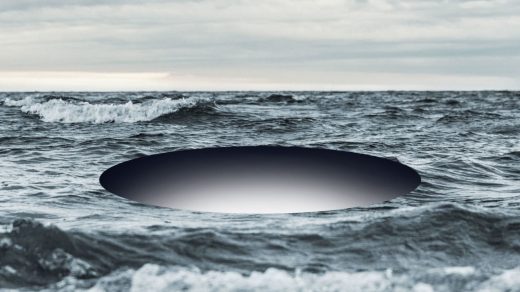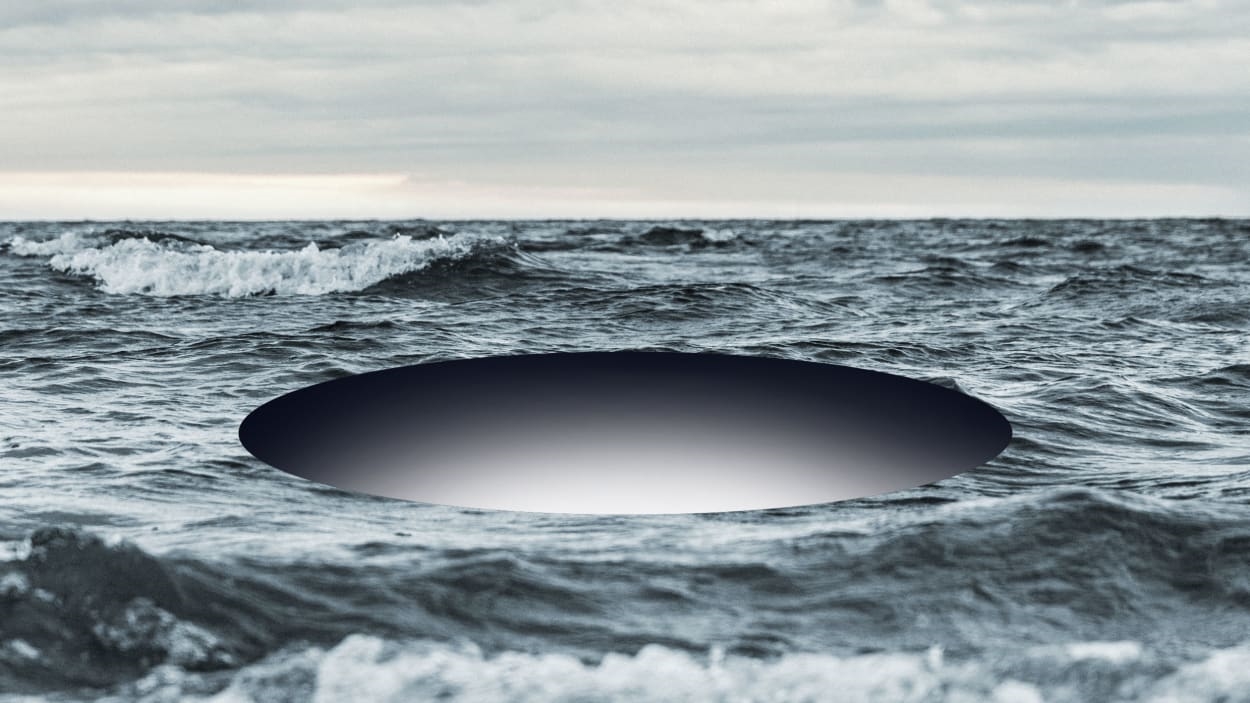Geologists have discovered why the Indian Ocean has a 20-million-year-old gravity hole
By Sarah Bregel
The ocean, ever changing as it is, is always chock full of darkness and mystery. But one unexplainable phenomenon—a giant “gravity hole” in the middle of the Indian Ocean—might just have an explanation, after all.
The gravity hole, known as the “Indian Ocean Geoid Low,” isn’t actually a hole, but a region where gravity is lower than average. That water level is 340 feet lower than the surrounding area. The dip, which starts just off India’s southern tip, spans 1.2 million square miles.
While the massive gravity hole was first discovered back in 1948 by a Dutch geophysicist surveying gravity, it has boggled scientists until now. Finally, researchers in India have new revelations about how the anomaly came to be.
The researchers say the hole was formed when plumes of low-density magma rose up from the Earth’s mantle. Those plumes were created by the remains of a sunken tectonic plate called Tethys, which was lost when India and Asia collided 50 million years ago. That collision was no small happening. It was the biggest continental collision in Earth’s history and contributed to the creation of the Himalayan mountain range. Wildly, it’s still the cause of geological tension that leads to several earthquakes every year.
According to the new research, published in Geophysical Research Letters, geophysicists at the Indian Institute of Science in the city of Bengaluru used computer simulations to determine how the gravity hole was formed. They ran 19 simulations, and in 6 of them, they were able to see the geoid actually taking shape. They say the hole developed about 20 million years ago.
Not all scientists are convinced that the research is solid proof of the gravity hole’s formation story. But the researchers feel confident about their findings. Still, they say they aren’t sure of the geoid’s future.
“It could be that it persists for a very long time,” Attreyee Ghosh, one of the study’s authors, told CNN. “But it could also be that the plate movements will act in such a way to make it disappear—a few hundreds of millions of years in the future.”
Only time will tell—and thankfully, scientists will be here to explain.
(13)



